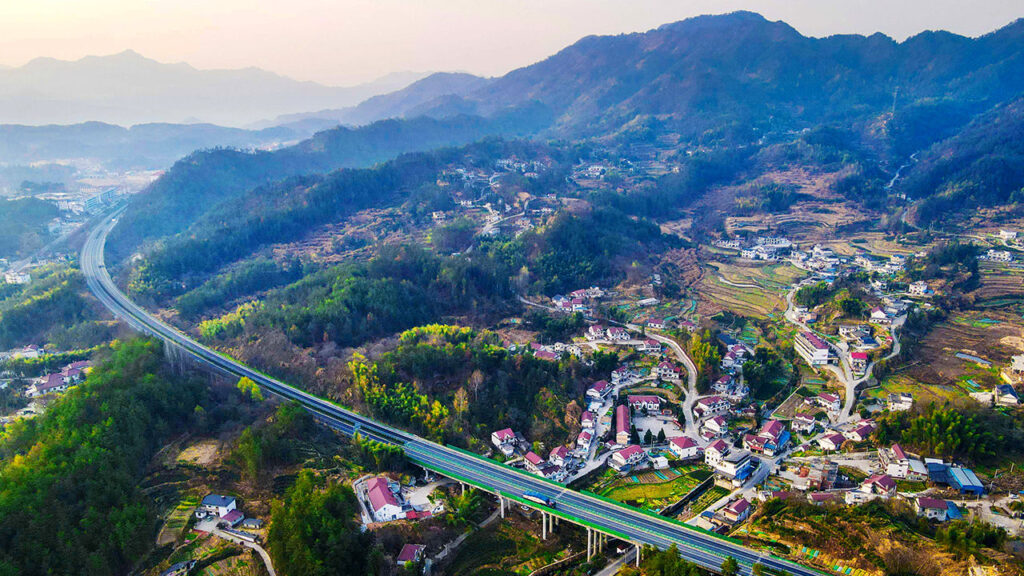The ongoing global trend of urbanization has led to a significant focus on the movement of populations toward cities. This phenomenon can be attributed to a multitude of factors, including the promise of economic opportunities, access to education, and improved healthcare services. As nations strive towards modernization and development, larger cities emerge as beacons of progress, enticing individuals from various backgrounds to leave their rural roots behind. However, this migration to urban centers also raises questions about the sustainability of such growth, as well as the need to balance urbanization with the preservation and enhancement of rural areas.
Cities like New York, Tokyo, and London represent the epitome of modern living, with their skyline filled with high-rise buildings and vibrant nightlife attracting millions of inhabitants. These urban environments foster innovation, creativity, and economic advancement, offering promising job markets and diverse cultural experiences that the countryside often lacks. Individuals migrate from tranquil rural settings to bustling metropolises in search of better livelihoods and education. The allure of a more connected and technologically advanced lifestyle further accelerates this trend.
However, the overwhelming concentration of populations in urban areas can lead to several challenges. Cities often face issues such as overcrowding, transport congestion, and escalating living costs. The increased demand for housing can result in skyrocketing rents and inadequate living conditions for many residents. Furthermore, urban areas grappling with these challenges may inadvertently neglect the surrounding rural regions, leading to a decline in agricultural activities, reduced investments, and population depletion in those areas.
Conversely, there is a growing recognition of the importance of the countryside and the potential benefits of moving towards these less populated areas. Increased telecommuting opportunities and a shift towards a more digital economy have made it feasible for individuals to work remotely, diminishing the necessity of residing in urban centers. Consequently, many are now seeking refuge in the countryside, drawn by the allure of fresher air, natural landscapes, and a slower-paced lifestyle, far removed from the hustle and bustle of metropolitan life.
This counter-movement towards rural areas can bolster local economies, bringing with it new ideas, investments, and an increase in demand for various goods and services. Regions that were once seen as stagnant or in decline may experience revitalization through the influx of new residents who contribute not only economically but also culturally. Rural communities that embrace this change can offer amenities that appeal to newcomers, such as co-working spaces, artisan markets, and local initiatives that enhance the quality of life.
Furthermore, reimagining the countryside also turns attention towards sustainable practices. With growing awareness of environmental issues, individuals are increasingly looking towards agritech and sustainability-led practices in rural settings. With this shift can come innovative agricultural practices that enhance food production while maintaining ecological integrity. The integration of technology within these rural settings can foster smarter, more interconnected communities that bridge the gap between urban conveniences and rural charm.
In conclusion, the dynamic between urban and rural living is evolving rapidly. As cities continue to attract population and resources, initiatives promoting the development of countryside regions are gaining momentum. A dual approach emphasizing the needs and potential of both settings can yield a balanced and sustainable future. It is essential to recognize that dense urban centers and sprawling rural landscapes can co-exist, each offering unique advantages. By fostering mobility between these two environments, society can create a more inclusive, equitable, and resilient world, ensuring that both urbanites and rural dwellers can thrive together.



